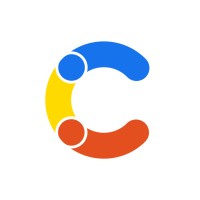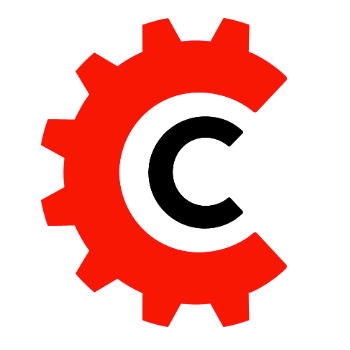

CrafterCMS Reviews & Product Details
CrafterCMS is an open-source content management system designed specifically for digital experience development. It serves as a modern and flexible platform for creating and managing websites, mobile apps, and other digital experiences. With features like drag-and-drop content management, a built-in component library, and an easy-to-use authoring interface, CrafterCMS makes it simple for developers and non-technical users to build engaging experiences.


| Capabilities |
|
|---|---|
| Segment |
|
| Deployment | Cloud / SaaS / Web-Based, On-Premise Linux, On-Premise Windows |
| Support | 24/7 (Live rep), Chat, Email/Help Desk, FAQs/Forum, Knowledge Base, Phone Support |
| Training | Documentation |
| Languages | English |
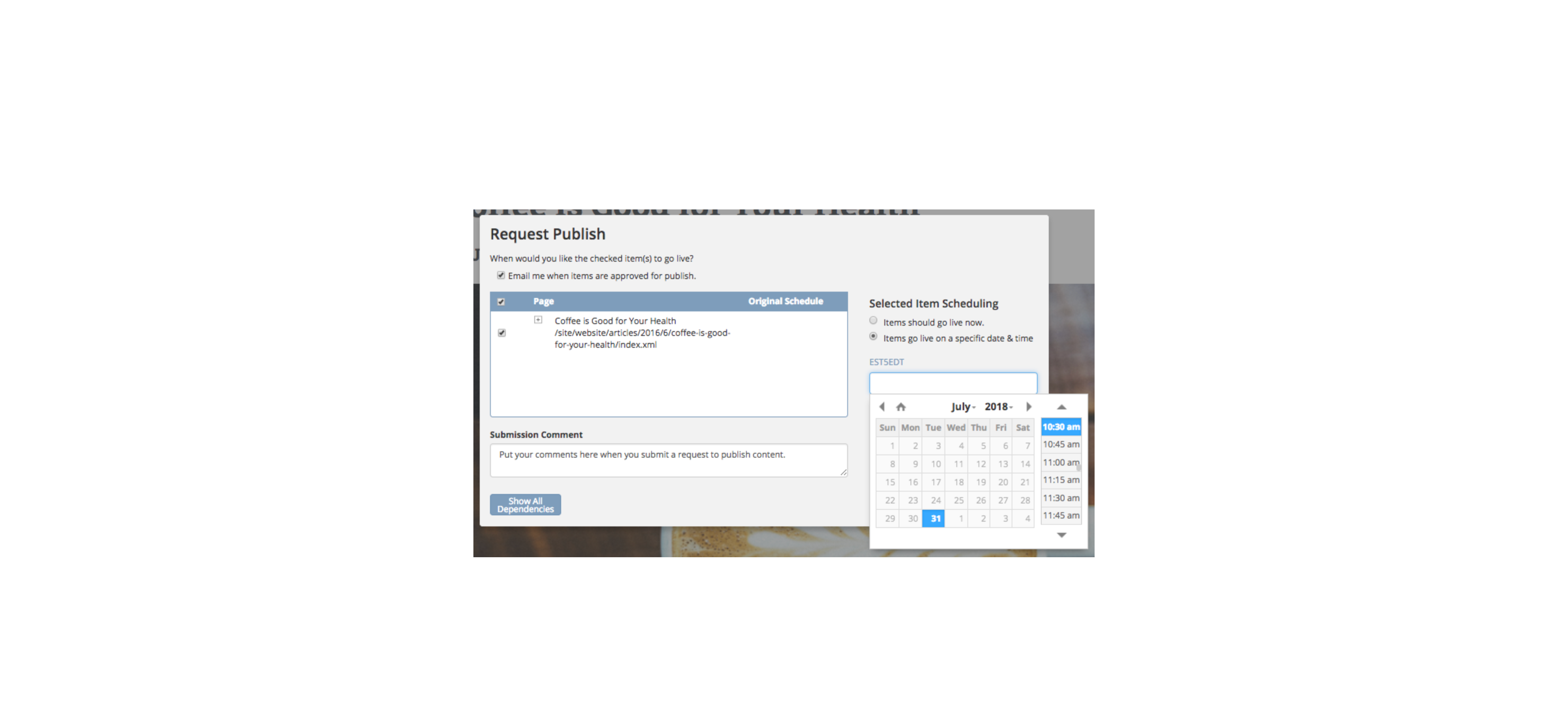
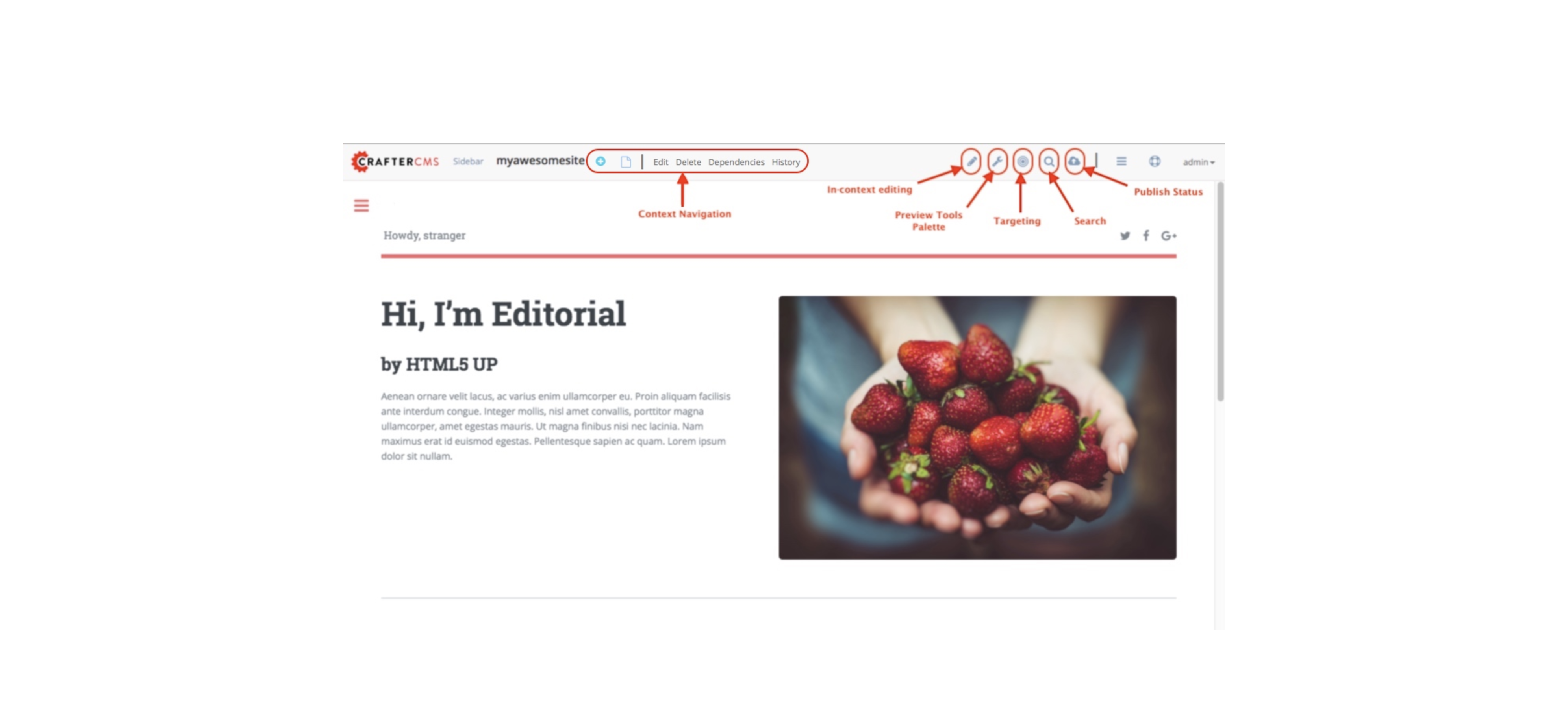
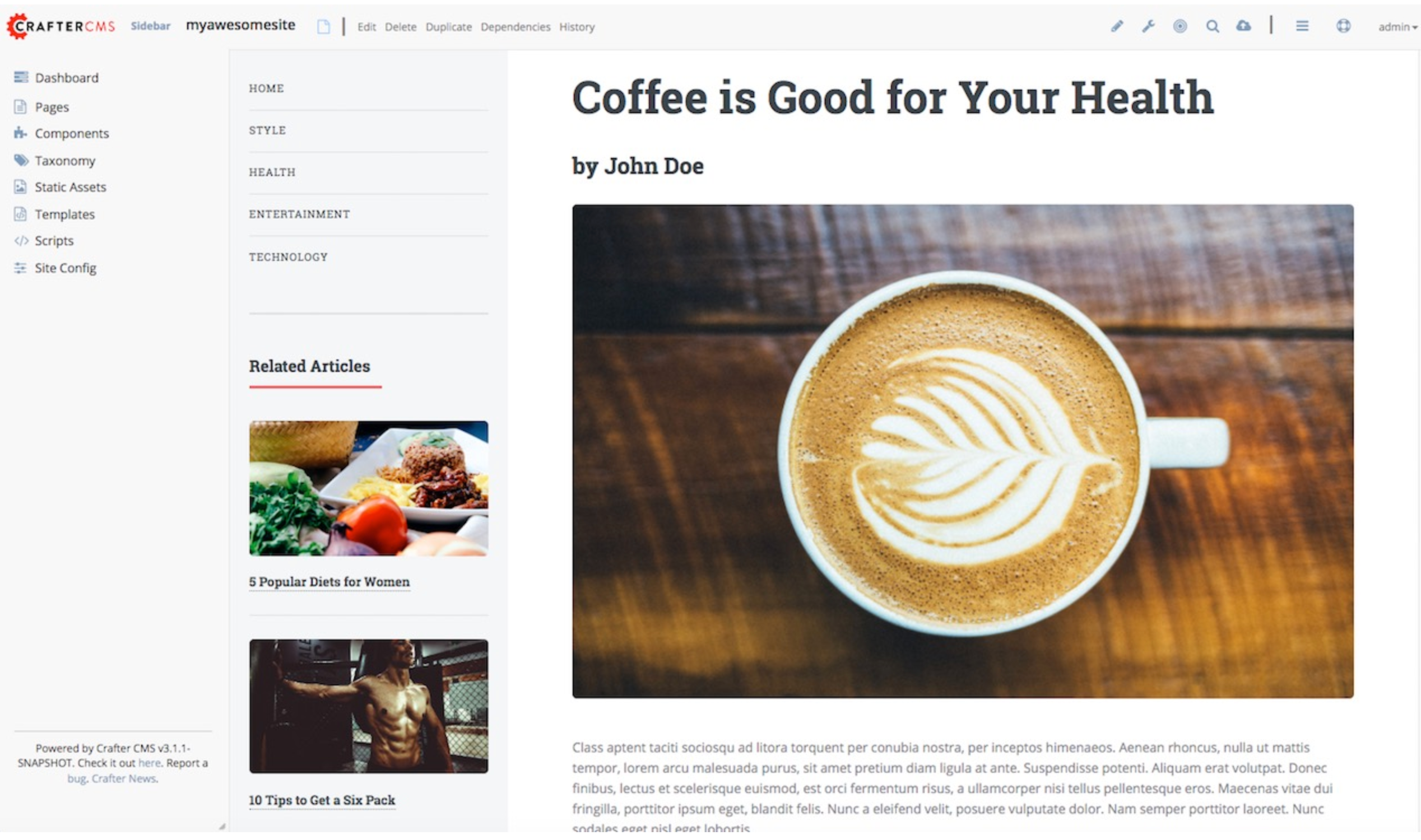
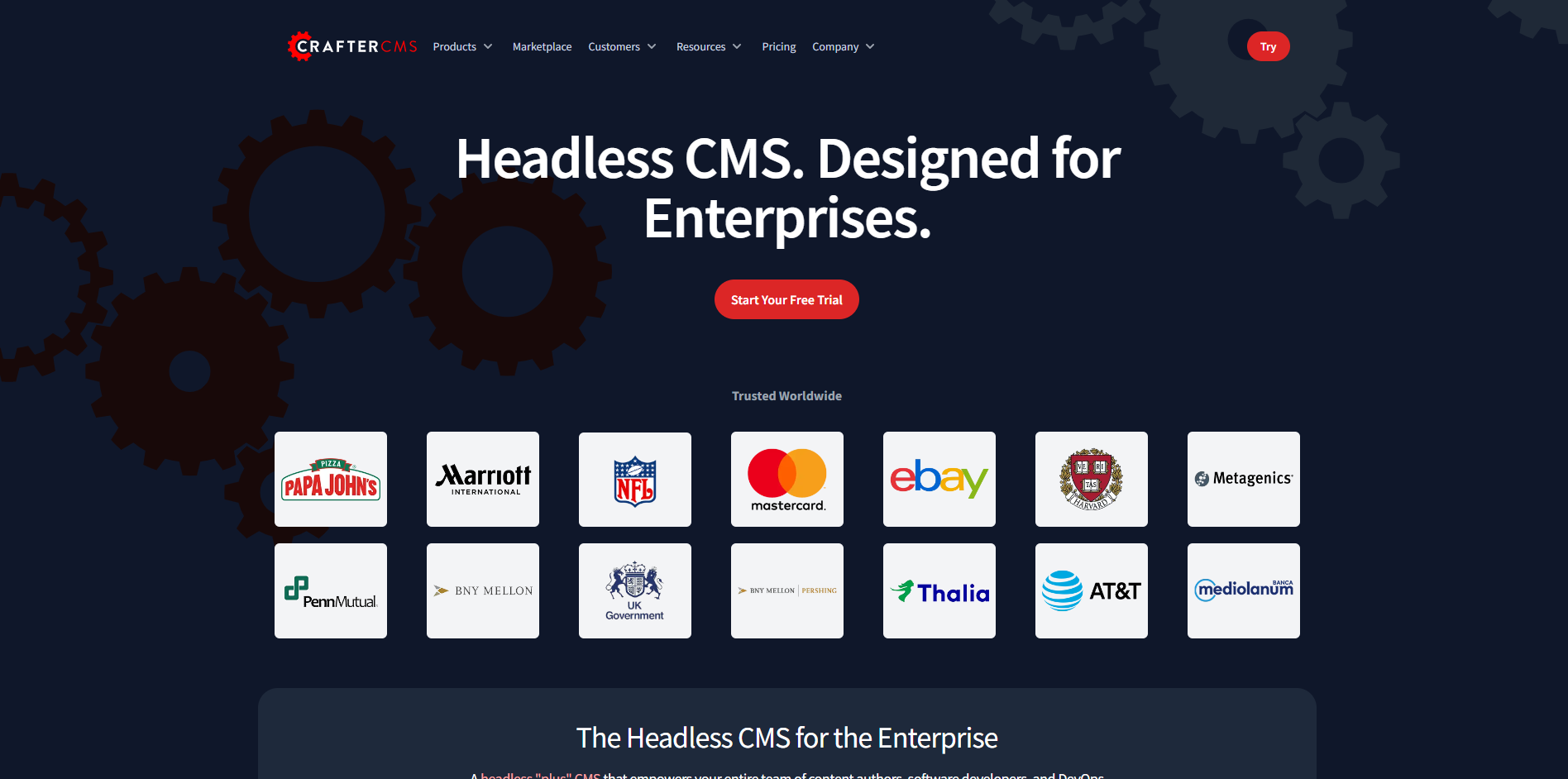
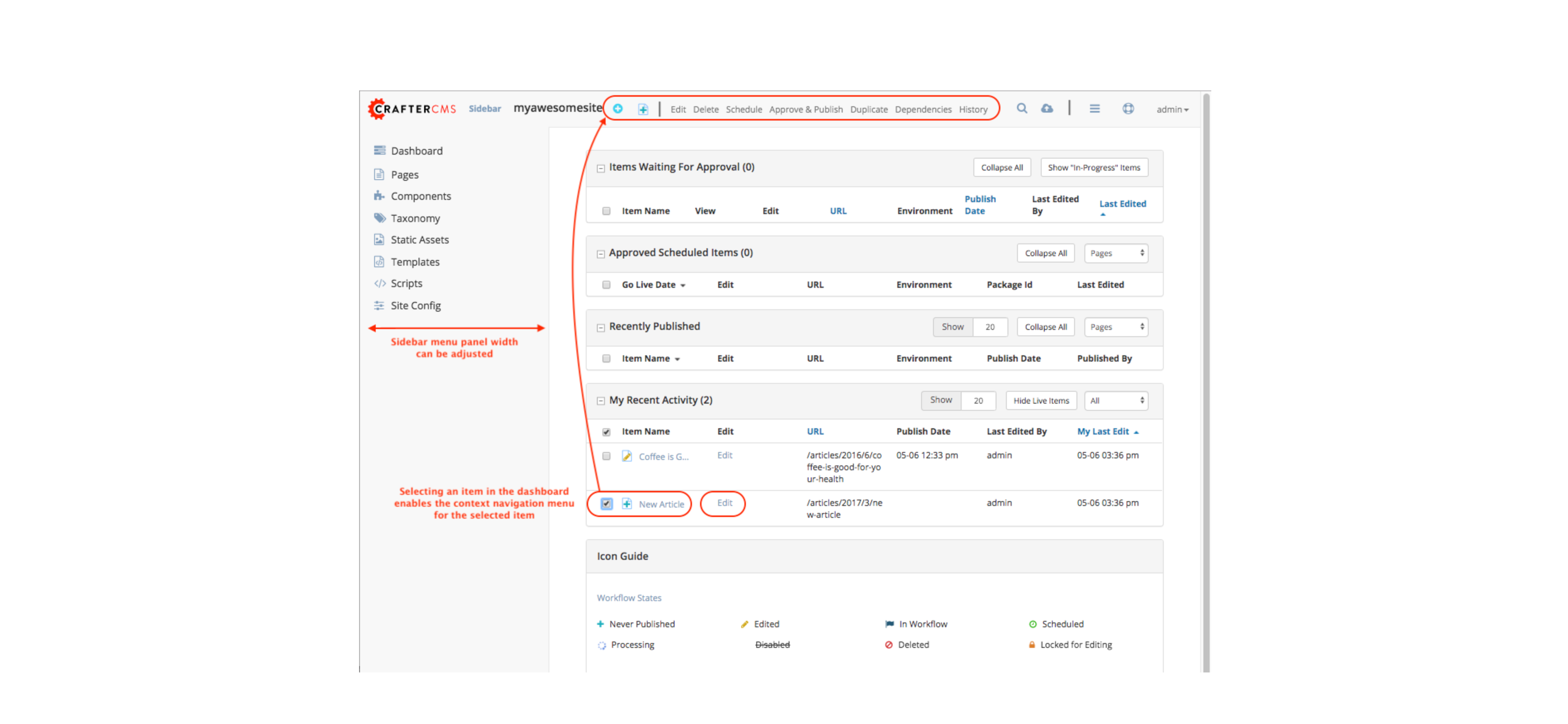

CrafterCMS is exceptionally versatile. It enables us to serve any content to any type of digital experience and integrate with any external system we need to.
We have not encountered any negatives or things that don't work well for us.
We're using CrafterCMS as a content and integration hub for our digital experiences. CrafterCMS makes integrating our timing, scoring and media with our web, mobile apps and digital signage simple and easy.
- Git Based platform <3 - Very friendly and active service support, development, and growing community - The platform is based on modern and reliable technologies
- Lack of deep testing in the development branch (from one version to another, some pieces might be missing in the development branch) - Documentation could be better, but they are doing a great job improving this point and providing CrafterCMS Courses through Crafter Academy
- We were able to successfully create and integrate into CrafterCMS our own React-based plugin using CrafterCMS APIs and a modern stack (using 4.0 dev branch) to leverage Git based file management - We were able to start a migration from NAS-based file management to a whole git-based file management flow in an easy way for stakeholders, thanks to CrafterCMS - We were able to adapt CrafterCMS backend and frontend to our needs very quickly, thanks to the documentation, support, and readability of the code
We love the idea of the Git-based repository. The fact that code, content and configuration is in one place makes it very easy to synchronise dev, authoring and production systems. We can push our features forward from dev to production and pull production content back to work with real data on the development system. Testing features couldn’t be any easier than just switching branches. And while we deploy new features to production authors can work without interruption.
The market penetration of CrafterCMS isn't on the level it has to be.
It’s great to be able to use APIs for everything. We can in fact render markup, serve content and even use APIs for DevOps automation and processes. It makes Crafter highly flexible and gives us the possibility to manage, integrate and deliver content anywhere at any time. Furthermore, it gives us the freedom to work with any front end framework on top of Crafter’s headless content server. And finally we are pretty overwhelmed by Crafters responsive support. We use Slack to get in touch with them but there is a growing community in Google Groups and Stack Overflow as well.
For many global footprint solutions I used the Crafter solution to power Marriott digital experiences. We found the software to be flexible enough to meet all of our customer touch points (mobile, desktop, kiosk, email, web, video) and the leadership team willing to jump in and develop solutions in partnership with us.
They are a small company that delivers on big solutions. At times it was hard to get leadership on board to use a smaller company even through they demonstrated (repeatedly) their solution and people were up for it.
I used the solution in many ways and to solve many problems. Probably the biggest benefit to me was the ease of which we could create digital experiences that were integrated with existing platforms (e.g. measurement, email, IAM). Speed to market was another huge benefit for us. We used a combination of SaaS and fully managed solutions with Crafter. Products we built were for users in the hundreds of thousands.
Easy to create templates, add/manage content and retrieve data as json/xml using rest calls.
bit difficult to modify the core package if incase we need to write custom methods to the core package.
We have automated the site content to get data from Crafter. Thus saving us time from Production move.
Mainly it's architecture, developer friendliness and tech stack.
So resource intensity if you have a basic setup and a common use case was not provided out of the box but this was easily worked around.
We needed a multi-purpose CMS for blogs, content sections, content fragments, augmenting products with headless delivery.
I like the way content types can be created with ease, and how various pieces of content can be embedded in any content type. The ability to create multi-lingual content is very helpful as well.
We're still using version 3.1.27, yet to upgrade to 4.x, but I find that earlier versions don't have the ability to edit content on mobile devices. The only way to access the context menus from the sidebar is with a right-click.
Crafter allows us to integrate content from various external sources for video-on-demand, live streams and resources from AWS S3 buckets. It offers a better way to manage all of our content, components, pages, and scripts in one place.
There are many features that I like in Crafter CMS. Some of the noteworthy ones are:- 1) Content authors and developers can work on the same version of "truth" and this enables rapid feedback from authors to devs. 2) Git based versioning allows easy branching out and merging back for new features. 3) Self contained installer bundles (tomcat, elasticsearch, webapp jars etc) provide an easy way to create prototypes. 4) REST API to configure and monitor the engine and studio services 5) JVM based architecture means backend features can be developed and debugged from IDEA (or any other capable Java IDE)
There are a couple of things that I believe could be improved for an even better user experience. They are:- 1) There are far too many externalised configuration properties and they are scattered over a large number xml files. It would be great if some of these can be internalised (some sensible defaults with ability to override if necessary) and the external ones made more intuitive. 2) The documentation, though extensive, is not very user friendly. It has a "reference manual" kind-of layout which helps someone who knows crafter very well but needs more details on how to do something (for example:- they know that an issue is in the studio and also know which api to call, but needs more information regarding the payload, or request headers etc). For someone completely new to Crafter, the documentation navigation is not very conducive to an "exploratory" style of learning the product.
The biggest benefit is the ease with which new API endpoints can be added to the site for search, categorisation, filtering etc. It also takes care of indexing and caching of content so that queries are executed quickly. It has given us a rapid yet fully managed way of publishing content out into the world. The audit log is also super helpful in finding the responsible authors so that any issues with content can be easily rectified.
Its tools allow for better organization and content management for our WEB portal. Likewise, an optimal development for your brand is achieved since it will allow the employee to create content more easily. The structure stage system allows you to freely edit the designs you want since it is possible to use C + or java languages in order to offer the best ease of creating and improving, very efficient and I like it.
I have no complaints, although on some occasions we have been forced to consult with CMS experts since our virtual platform was outdated, which can be frustrating waiting for some help is a negative point for the system, however the tools comply, needs optimization.
We achieved growth on our WEB page and clients are very happy, they enjoy being able to observe our content since it is very organized and attractive. In addition, it supports us more and more to find data that our clients are fascinated by in order to create attractive entries and generate more traffic, they are definitely useful tools.
Crafter CMS offers several unique advantages for our company. For example, - Content Management, Crafter CMS offers easy-to-use WYSIWYG features that allow the content author to preview desktop and mobile content before publishing. - Content Distribution, Crafter CMS supports modern headless-cms capability, which allows the developer to build API(s) to distribute content through multi-tenant architecture. - Content Discovery, Crafter CMS provides GraphQL out of the box, which allows the developer to build advanced queries on top of a massive pool of content. - Content Version Control, we have complex needs to support CI/CD (Continue Integration and Deployment) for our multi-tier architecture between Content Authors and Developers. Crafter CMS offers version control, which allowed us to build automation and improves the overall code quality and time-to-market on content publishing. - Crafter Customer Support, Good software cannot be GREAT without superb customer support. The Crafter product team went beyond our needs as a software vendor. The core team members in Crafter software company had a long innovation history in the CMS industry. They experienced different paradigm shifts and created CMS solutions for different industries. They are passionate about CMS technologies and open to working with their customer to resolve challenges.
Crafter offers several advanced features with limited documentation support. It would be great to see an archive of how-to videos and examples so the Crafter community can take advantage of all the Crafter offerings.
We manage a global brand across 25 locales with 50 Million unique visitors (YTD 2020). The CMS system we used to manage and publish content cannot scale with the business grows. We need a modern CMS that provides security, scalability, and easy-to-use features so we can manage and distribute content across multiple web properties. Crafter CMS offers several benefits from a software development perspective. Crafter CMS has built-in API support that allows the developer to integrate internally sourced content onto Crafter in an automated fashion. Crafter CMS is AWS friendly and is extremely flexible to monitor, Lamdba functions, and integrations with other AWS features. Crafter CMS supports version control. We have complex needs to support CI/CD (Continue Integration and Deployment) for our multi-tier architecture between Content Authors and Developers. Crafter CMS offers version control, which allowed us to build automation and improves the overall code quality and time-to-market on content publishing. <We are in the process of CMS migration and more to come>
The ease of use and ability to tailor the platform to suit our needs. We are just at the beginning and our customers are delighted with what we've built. I can't wait to unlock the potential!
It does run a little slow over here in Australia. It was also disappointing there was no automated way to upload our content.
We have very complex needs to present a large volume of education and technical materials to our market. Crafter has made the usability so easy that each department in the business can own their own content, without having marketing or IT have to upload or manage everything.
Open Source. DevOps Friendly. Easy for authors. Create sites in a matter of minutes.
Since it's growing CMS framework it need sometimes to mature it's documentation.
Personalized Department Sites. Personal sites. Easy to integrate with any other platform since it has an amazing API's (mobile apps).
Crafter CMS has well architected modular design, which gives us great flexibility during our adoption. We chose headless approach to use contents as service. The flexible architecture make the integration with Crafter CMS easy to do. The preview feature give content authors the ability to view contents as how they will render in the final web site no matter what type of rendering engine you choose. Good product is only half of the story. We are particularly impressed by the superb support we get. You truly feel you can count on them as your partner. They listen to your need and work with you every step on the way to find the optimal solution.
not easy to integrate 3rd party UI controlls in the authoring tool.
Web Content Management so that web site can be updated without release.
I love how seamless the system is across all platforms and how it engages prospects and clients. I like how the developers take the time to explain the process behind the delivery.
To be honest, there isn’t anything I would change. They are the best CMS I’ve worked with to date.
I am seeing my prospects grow. I was having trouble engaging my clients, but I’ve seen an increase in brand awareness thanks to Crafter.
The authoring experience is pretty good. I like that Crafter puts a lot of thought into content management and makes developers and authors focus on how that content is managed within the system. I have seen other CMS systems where the CMS turns into a swamp of content.
While I like that Crafter handles everything via Git repositories, sometimes the underlying Crafter repository seeps its way into my developer's processes -- the Crafter repository is a leaky abstraction. The code forward/content back model proposed by Crafter is good in theory. But dealing with DEV/STAGE/PROD release cycles can get messy very fast because the content is getting created at all three levels, DEV/STAGE for testing and PROD for the real content. Then if you have to change the configuration files in one of the upstream environments (STAGE or PROD) -- a hotfix config change -- that makes merging your code from DEV messy. I would like to see more effort put into improving this developer experience. I don't like the fact that groovy is the only programming choice for most things in Crafter. We should also have the option to use Typescript/Javascript throughout.
Crafter allows our content creators to create and publish changes outside our normal product release cycles. Once the developers have enabled the in-content editing, there are now large parts of the application developers don't even concern themselves with. This allows our developers to focus on our sites' more dynamic, data-oriented features without worrying about managing large blocks of static content. Our developers are also recommending new content areas that authors can manage, which means they are starting to understand the benefits of content modeling.
Prompt customer service. Easy to send in tickets with issues. Can handle a large database without being slow. Love the new publishing options for the new system update.
System updates take months. And some fixes mysteriously can't be addressed until a system update patch comes through, which means I'm stuck with a bad UI for months. New Crafter update has some streamlined improvements, but doing away with scrolling menus makes using the sidebar soooo slow and clunky. Bring back scrolling for sifting through large databases! Clicking to "next 10" for a database with hundreds of entries is maddening.
Helped to turn a massive database of content into an easily manageable website.
I like that the delivery (website in our case) is separate from the authoring environment, which means we can deploy releases at any time without impacting the end user.
The version that we currently use requires an instance of Elastic that is outside of the Crafter environment and our internal security policy makes that difficult to maintain.
We are using CrafterCMS to store and maintain content related to a public website. The information served on the site is a combination of video-on-demand, live-streaming video and articles. A consolidated platform to maintain access to this content is beneficial.
Crafter CMS has a great support team that is very helpful during challenging times. Logging options are very flexible which helps to quickly diagnose problems. Updating content, deploying the changes across the cluster are very simple tasks. From a development & deployment perspective, Crafter is a dream.
My biggest dislike is the way Crafter syncs data between repos. I suppose Git is a better than the old option of Alfresco, but Git working across clusters has been prone to conflicts which are sometimes a mess to work through. There's got to be a better way.
Crafter continues to upgrade their products to be more user-friendly. That allows me to spend less time troubleshooting Crafter servers which is very helpful.








